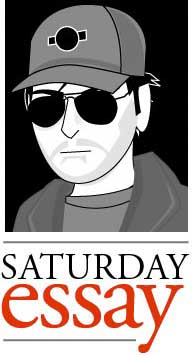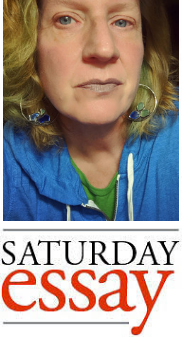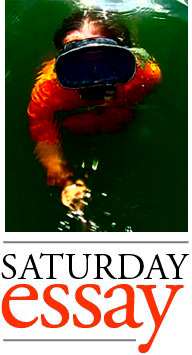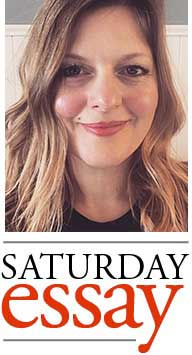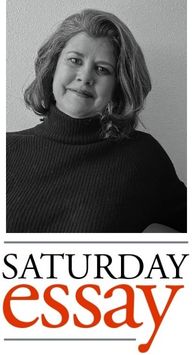Duluth’s Lost Township on Chester Creek
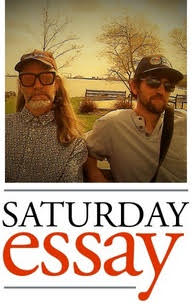 Co-written with Allen Richardson
Co-written with Allen Richardson
The Duluth Inside Duluth
In 1963, on 14th Avenue East overlooking Chester Creek, seven houses installed their own sewer rather than hook up to the city system. To do so, they took advantage of the experimentation sweeping the nation regarding public services. New forms of neighborhood government had emerged as housing associations. These seven houses applied for a federal grant as an independent municipal corporation. Technically they seceded from Duluth and became an autonomous township inside the city limits.
A democratic sub-society, the citizen-residents named the township “Duluth” by unanimous vote. After all, they felt they should not have to change the name of where they lived; in fact they were the real Duluth. Their right to name themselves was blessed by an appellate court ruling in 1968, hence “the Duluth inside Duluth.”




